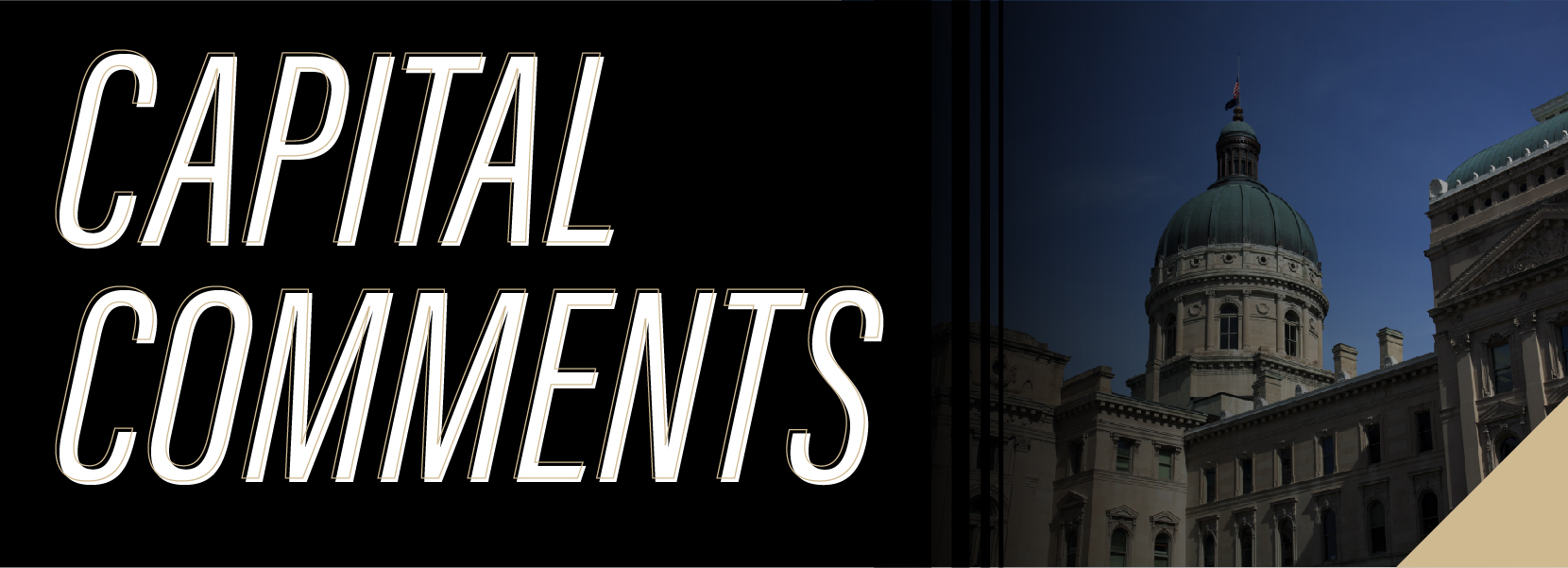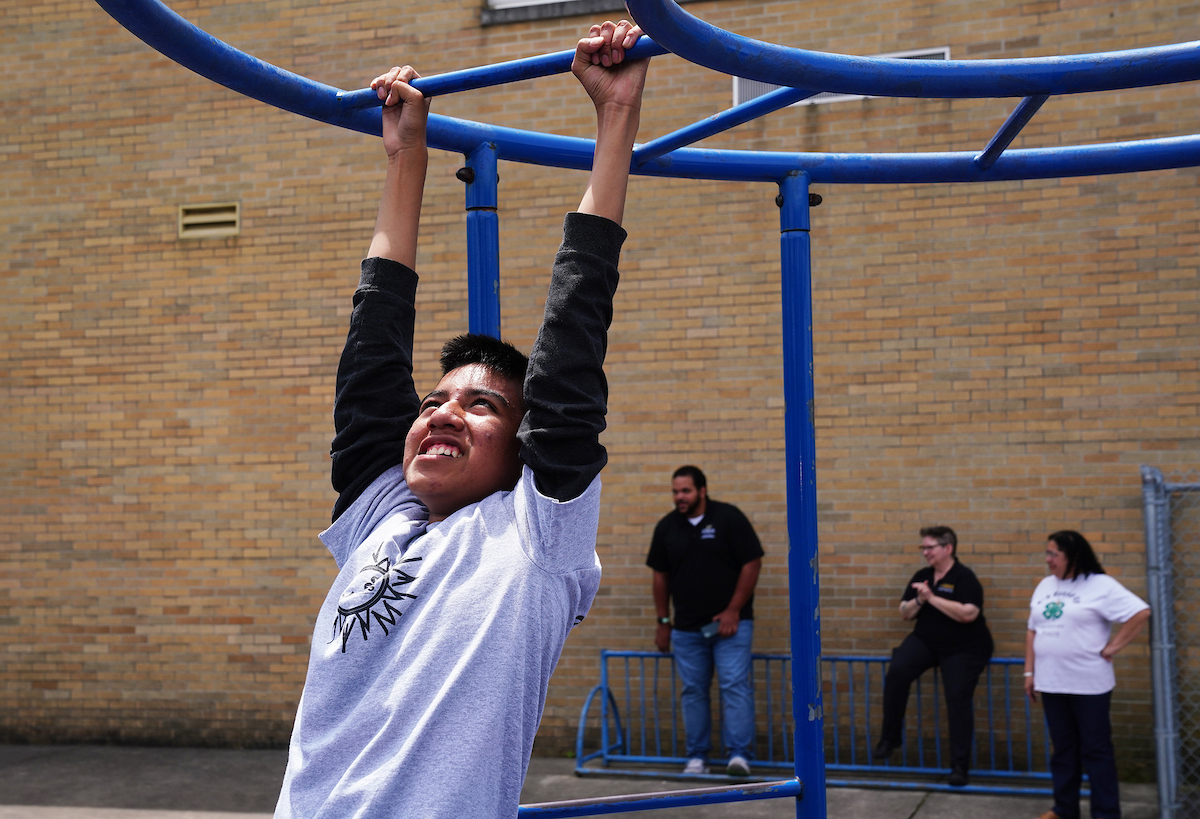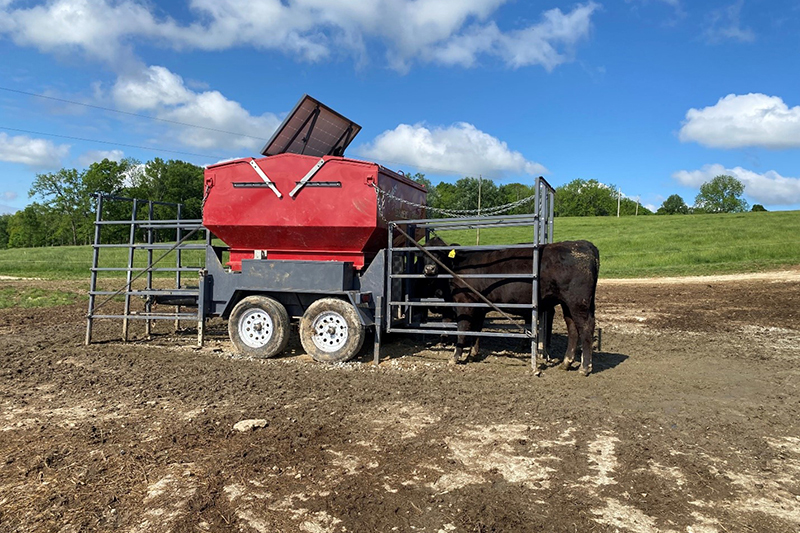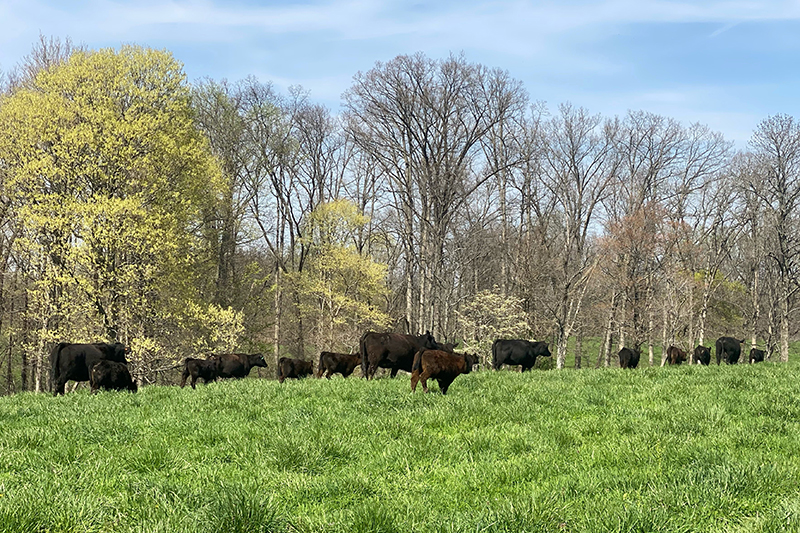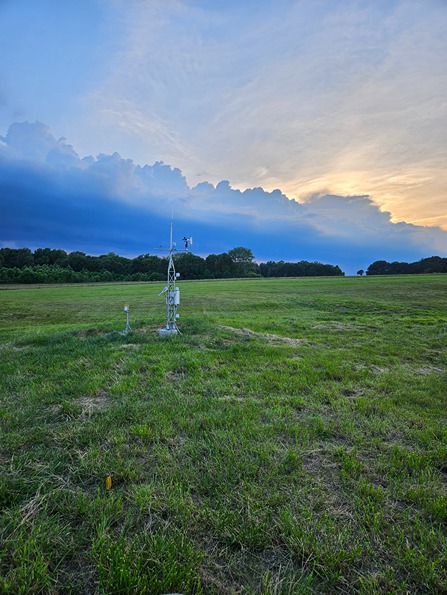We’ve got an inflation problem. What should we do about it? That depends on what kind of inflation problem we’ve got.
In May the consumer price index was 4.9% higher than it was 12 months before. The last time we saw an inflation rate that high was July 2008. The last time it was that high, and it was more than just rising gasoline prices, was October 1990. It’s the highest inflation rate in almost 31 years.
Inflation has increased these past three months, March through May. Partly that’s because the 12-month rate compares to March through May 2020, when prices were falling. That means the 12-month inflation rate would register high even if prices were just getting back to normal.
It’s more than that. The three-month inflation rate jumped from 3.5% in February to 8.4% in May. That’s the annual rate, the inflation rate we’d get if prices kept rising that fast for a whole year. The last time the three-month annual rate was that high—and not just because of gasoline—was July 1982. It’s the highest inflation in almost 39 years.
Inflation policy is mostly the Federal Reserve’s responsibility. To battle high inflation, the Fed could raise interest rates. People would borrow and spend less, and businesses couldn’t raise prices so much. But at their meeting last week, the Fed left their policy interest rate unchanged, at near zero. They blamed inflation on “transitory factors.” The Fed thinks this inflation won’t last.
The Fed’s inflation goal is 2% per year, over the long run. That means inflation should average 2% over many years. Inflation measured by the consumer price index has averaged 1.7% per year since the end of the Great Recession in 2009. The Fed will tolerate higher inflation for a while to bring that average up.
The reason is their other policy goal, “maximum employment.” Before the pandemic the unemployment rate had fallen to 3.5%, a 50-year low. The unemployment rate in May was 5.8%. That’s way down from the 14.8% peak in April 2020, but not low enough.
Good things happen when the unemployment rate is really low. Job opportunities are plentiful. Wages and benefits rise. Businesses hire people that they might not employ otherwise, spreading opportunity around. These good things won’t happen, or won’t happen as fast, if the Fed slows the economy by raising interest rates.
That’s what they did in the last expansion. The conventional view was that inflation would start rising when the unemployment rate dropped below 5%. When it did, at the end of 2015, the Fed began raising interest rates. The unemployment rate continued to fall, but slowly. It took almost four years to get down to 3.5%.
And yet, inflation never did take off. The Fed decided that the higher interest rates were a mistake. They began cutting them in mid-2019, before the pandemic recession, to fix their mistake.
The Fed won’t make that mistake again. Instead, maybe they’ll make a different mistake. Inflation will be transitory if production eventually catches up to spending. Supply rises to meet demand, and prices stabilize. But what if inflation isn’t transitory? Suppose businesses increase the production of cars, lumber, computer chips and everything else as much as they can, but still can’t meet demand. Inflation would continue.
Eventually people would come to expect inflation, and it would get incorporated into their decision-making. Businesses would raise prices because they expect costs to rise. Employees would need higher wages and benefits to cover higher prices. We’d have a price-wage spiral like we did during the 1970s. Back then the Fed fell “behind the curve,” raising interest rates too late to stop price increases. When rates were finally increased enough in 1979, it kicked off the deep double-dip recession of 1980-82.
If this is transitory inflation, we can wait on interest rate increases and enjoy the benefits of maximum employment. If this is the beginning of a price-wage spiral, we’ll have to raise interest rates sooner rather than later, and avoid bigger hikes that could lead to recession.
What kind of inflation problem do we have? We don’t know – yet. But over the next couple of years, we’re going to find out.
Listen to the Podcast
